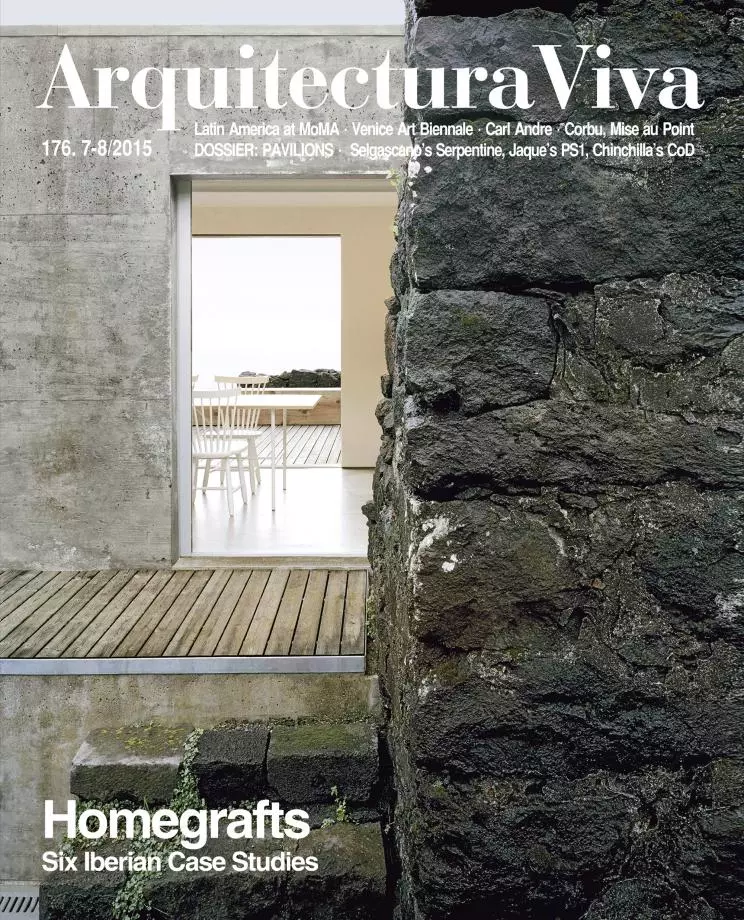
Buildings use up 30% of the total energy consumed in Spain, which is not bad. Considering this, any approach to the country’s energy model must take construction as an essential part of it, just as the International Energy Agency (IAE) does when it designs its energy model for the year 2050.
Following current trends, to cover the needs of a growing population in adequate conditions, in 2050 the world construction sector will alone generate all the emissions that humanity will be able to send to the atmosphere if we wish to limit the increase of temperature to two degrees, according to the Intergovernmental Panel on Climate Change (IPCC) the only scenario we can allow ourselves. So we need another kind of construction sector, one which consumes less energy and renewable energy.
In fact we already have a European directive for energy efficiency that requires that the buildings we raise are ‘near Zero Energy Buildings,’ or nZEBs, while in use. And that whatever energy we use is renewable. And that all new buildings comply with this standard by 2020. And that there be strategies to apply this standard to the realm of existing buildings.
Energy efficiency and renewable sources for a built realm in a low-carbon society: promoting this involves fostering energy saving and the presence of renewable sources in energy production. And given that over 70% of our energy sources come from imports of fossil fuels (something which tips the balance of payments at a moment of debt crisis like the current one), it is a doubly gainful laying of stakes to direct ourselves towards a competitive economy.
But precisely now it has been decided that electricity prices should be the mechanism through which to counter a series of decisions that have constituted an energy model no longer good for us, and which prevents us from defining the one we need. A model where self-consumption – the field where there may be more opportunities for construction – will be penalized by tolls meant to safeguard the physical stability of the system, but which actually safeguard an archaic system against the need for an energy revolution we have an obligation to, thanks to European directives.
The truth is that we are not going to invest in energy efficiency in our homes as long as its effect on our electricity bills is much diminished by the considerable weight of fixed costs. And we are not going to amortize an investment in renewable systems if ‘backing’ or ‘access’ tolls make them unfeasible. We are prisoners of the past, of decisions which now prevent us from establishing a model that would enable us to be competitive, and this is bound to keep us prostrate in the future.
But in addition, owing to the crisis, we have learned that rising energy prices, falling incomes, and lack of efficiency in housing together cause an ‘energy poverty’ which affects the health of the weakest and makes them lose social opportunities.
We need a construction sector of zero emissions and high efficiency as an instrument for performing architecture’s social function as safely as possible, and to have an energy model that guarantees our economic competitiveness. And right now, the political decisions being made do not create the conditions for this scenario.
Which is why the objective of the sector, and of the policies that drive it, ought to be this scenario, and for this to happen, it must appropriate the domestic bill – since it is a part of housing – and present itself and act as a sector which is determinant in the defining of this country’s energy policies. Because it is an essential part.





